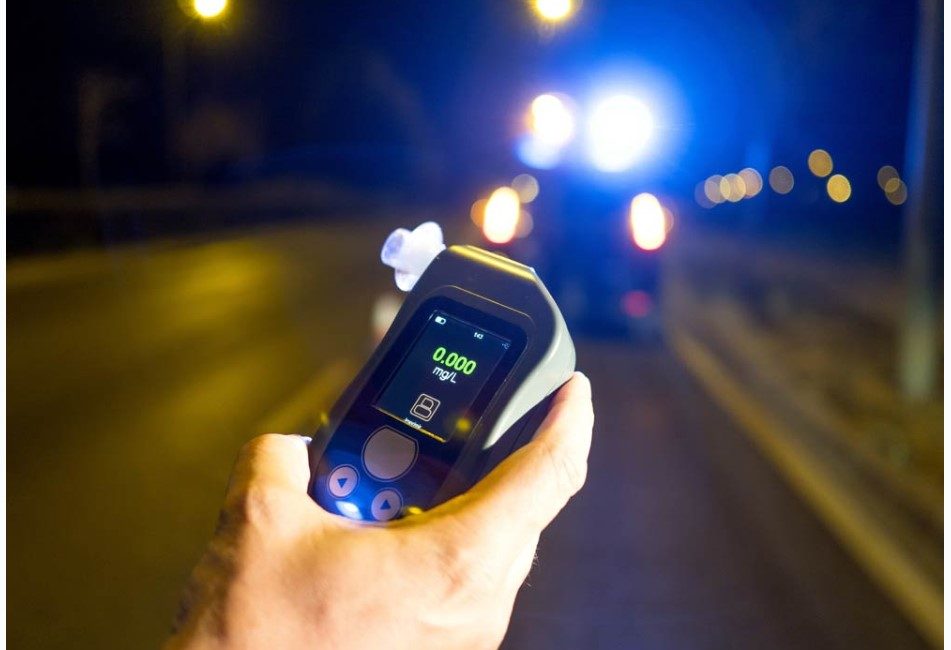Impaired driving and the screening test
The screening test for impaired driving is a roadside test using a device called an Approved Screening Device (“ASD”) that a driver may be subjected to following the interception of his or her vehicle. For a police officer to order a person to comply with the ASD, they must suspect that the person has alcohol in his or her system and that he or she has driven or had custody or control of a vehicle within the previous three hours. If the police officer does not hold these suspicions, he cannot resort to the ASD.
How does the “ASD” work?
Depending on the model used, the ASD is a device that the driver must blow into to obtain a result on the blood alcohol level in his or her body. The person must provide a breath sample that complies with police instructions, since only a breath with the correct flow rate and volume of air can be analyzed by the device. The police officer has a duty to always provide clear and detailed explanations before subjecting an individual to the test.
The ASD is not used to accurately determine a driver’s alcohol level. For the police officer, this device is only used to confirm whether the person has alcohol in his or her system and to indicate whether the level is above or below the legal limit. When the vehicle driver has a high blood alcohol level in his body, the device displays a message indicating that the test has failed.
What are reasonable grounds to suspect the presence of alcohol in the system?
Reasonable grounds for suspicion do not require a high level of evidence. Since these are only suspicions about the presence of alcohol in a person’s body, these grounds can be based on very few police observations. Sometimes, a single observation will be sufficient to justify the grounds. At other times, a series of observations will be enough to form suspicions. Symptoms usually observed in a driver before submitting him or her to the ASD include: a smell of alcohol from the breath, an admission about alcohol consumption, red and/or glassy eyes, a pasty mouth and a speech impediment.
For example, a simple smell of alcohol from the driver’s breath is enough to order the driver to comply with the ASD. However, if the smell of alcohol comes from the passenger side of the vehicle and the facts demonstrate that there are passengers, the police officer will have to find other evidence directly linked to the driver to establish his suspicions. However, the situation may be different if the smell of alcohol emanates from the passenger side of the vehicle, but there are no other passengers and no alcohol in the vehicle.
Arrest after failing the ASD:
If the driver who submits to the ASD fails the test, the police officer will then have the necessary grounds to arrest them. They will have to follow the police officer to the station and take the breathalyzer test, which will then determine their exact alcohol level.
If you would like more information on this subject or the help of our firm, do not hesitate to contact our lawyers.
Référence : Criminal Code 2018; Impaired Driving in Canada: the Charter Cases, second Edition, by Justice Joseph F. Kenkel; Weakened capacities: principles and application, 3rd Edition, by Karl-Emmanuel Harrison

